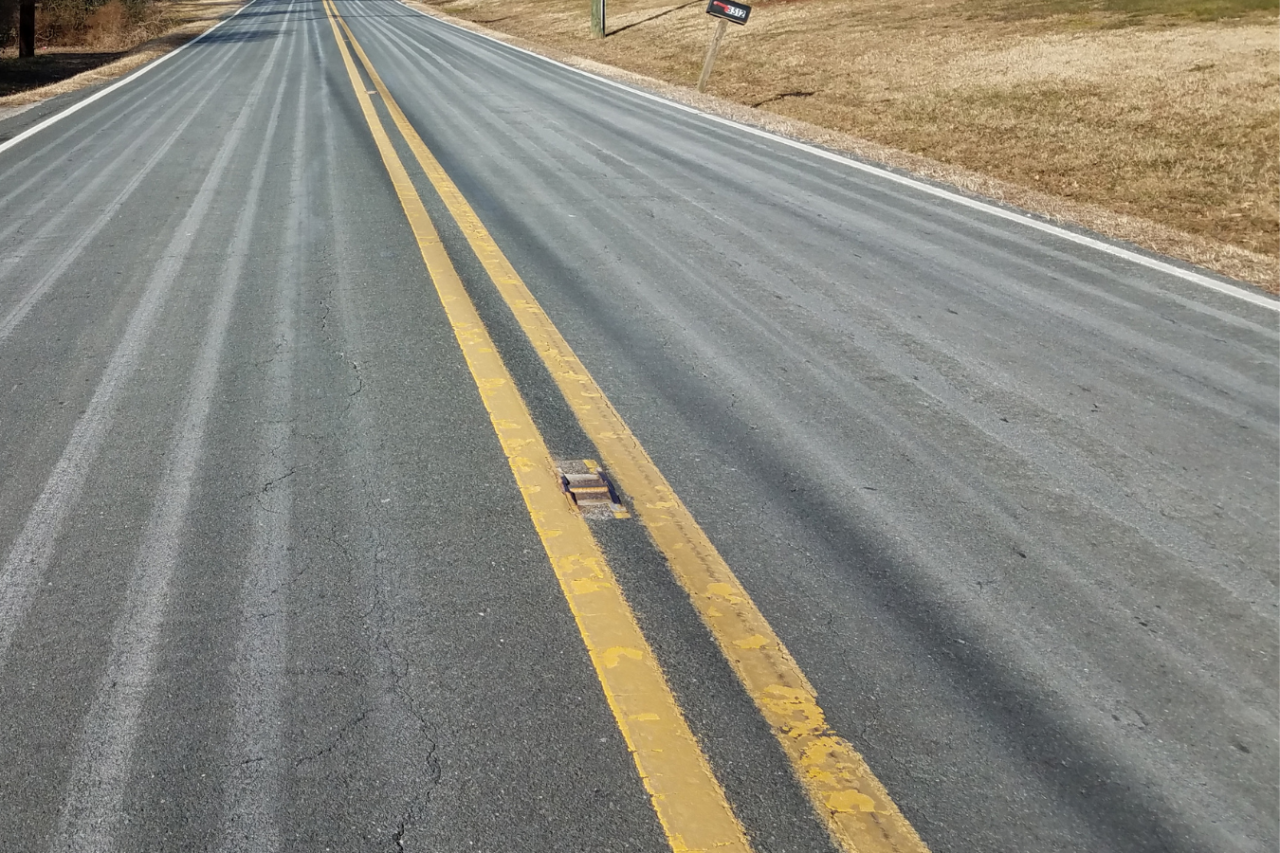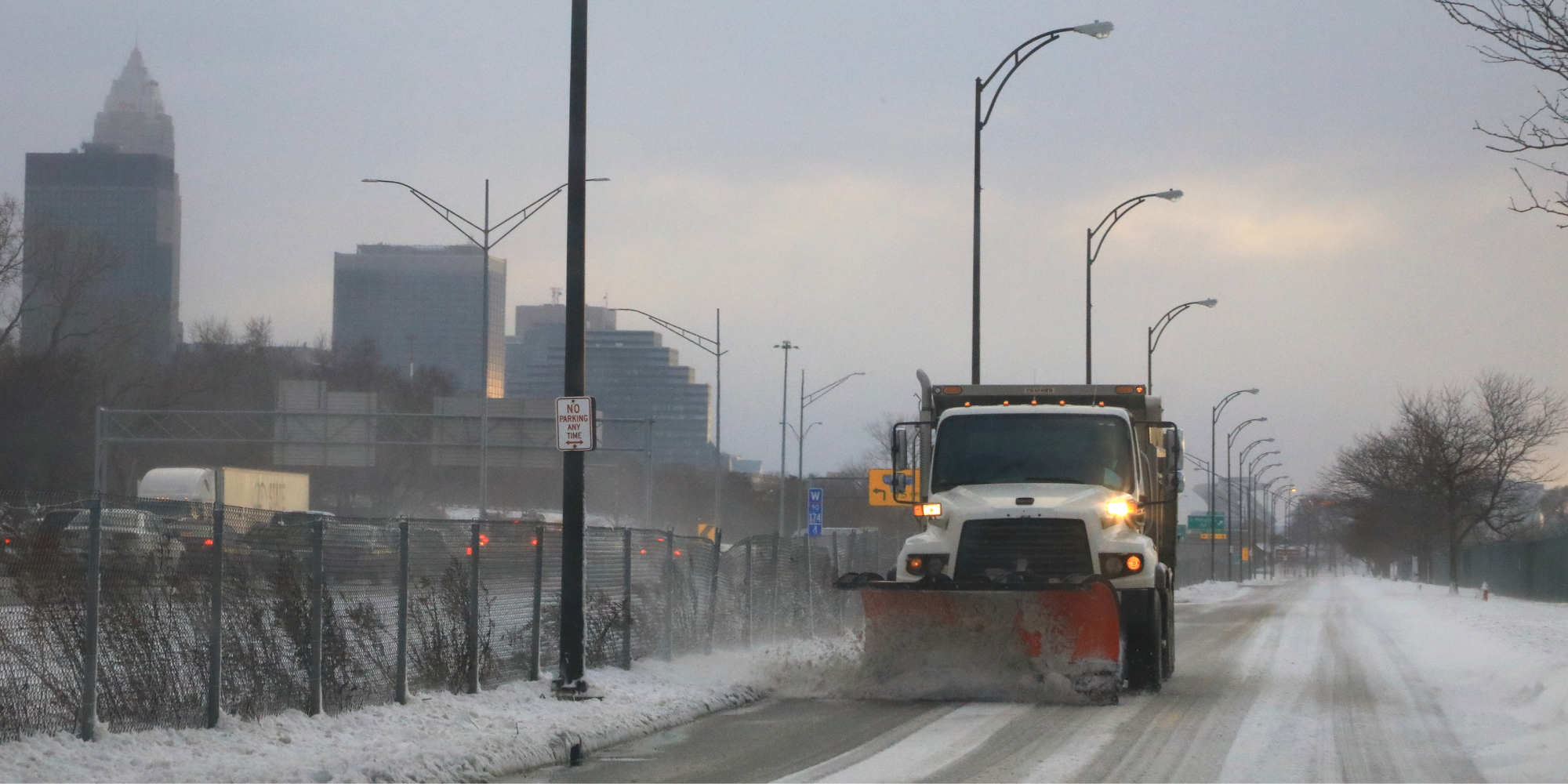Powerful winter storms for the 2022-2023 season have already hit several regions of the nation. In response, local governments have spread salt, sand and chemicals in support of plows to improve driving conditions and clear roadways.
Often lost in the stories about the speed or effectiveness of a particular city’s storm response is the major shift that has taken place in the use of a salt-brine mixture for pre-storm anti-icing instead of the tons of rock salt that constituted the only means of fighting road ice since 1940.
What has driven cities as diverse as Albany, New York, Westfield, Massachusetts, Ann Arbor, Michigan and Lincoln, Nebraska to rely heavily on liquified salt brine instead of rock salt? Increasing attention to the salinity of local waterways that have for decades been contaminated by road salt washed from highways.

The most recent study in Frontiers in Ecology and the Environment, published by the Ecological Society of America, points to massive increases in freshwater salinity and widespread contamination of drinking water supplies from rock salt washed from roadways into streams and rivers and eventually into groundwater. Increased salinity can lead to dead zones at the bottom of lakes destroying prime habitats for algae and plankton and causing disastrous effects throughout the food chain. Excessive salinity also kills grasslands and marshes.
To achieve better environmental outcomes, improved road safety conditions, and lower costs for winter storm response, the modern salt brine anti-icing application has become the standard. Cities such as Des Moines, Iowa, even brew their own custom mixture of salt brine to address unique local conditions accounting for temperature and precipitation mixture.
Brine is a diluted liquid solution used to pre-treat roadways before winter weather and prevents ice from bonding to the road surface. According to the Snowfighters Handbook from the Illinois Department of Transportation, brine is an optimal mixture of 77 percent water and 23 percent salt. Brine lowers the freezing temperature of water to about 18 degrees Fahrenheit, meaning the roads must be much colder to have ice bond to their surface. Brine keeps snow from being compacted by vehicle traffic, which can turn snow into ice. For road crews, brine provides more time to prepare and manage roadways, since brining can occur up to 48 hours before a storm. Finally, brine is more effective and coats roadways better than plain salt or sand and it is cheaper and more cost-efficient than rock salt. Looking at a nearly 10-year record of cost-effectiveness, Eau Claire, Wisconsin, has been implementing a brine-centered ice management system since the winter of 2013-2014. Initially, the main motivation wasn’t environmental, but economical. Since the switch, the city has saved roughly $130,000 each winter compared to decades past when Eau Claire mainly dumped rock salt on its roadways.
There will be times when traditional rock salt is the preferred response to a winter storm. If rain is in the forecast ahead of snow or ice, transportation officials could opt not to brine roads, as the rain will likely wash the brine away or dilute it before it has time to act. In these scenarios, crews could instead use rock salt to melt the ice after it begins to fall.
Local governments are most often judged on their competence based on the successful management of the response to a snowstorm. What residents may not fully understand is the highly complex series of decisions that make up the local response and the increasing sophistication of that response in terms of weather tracking, vehicle deployment, crew schedules, and of course, the greater attention to the environmental impacts of road salting.







